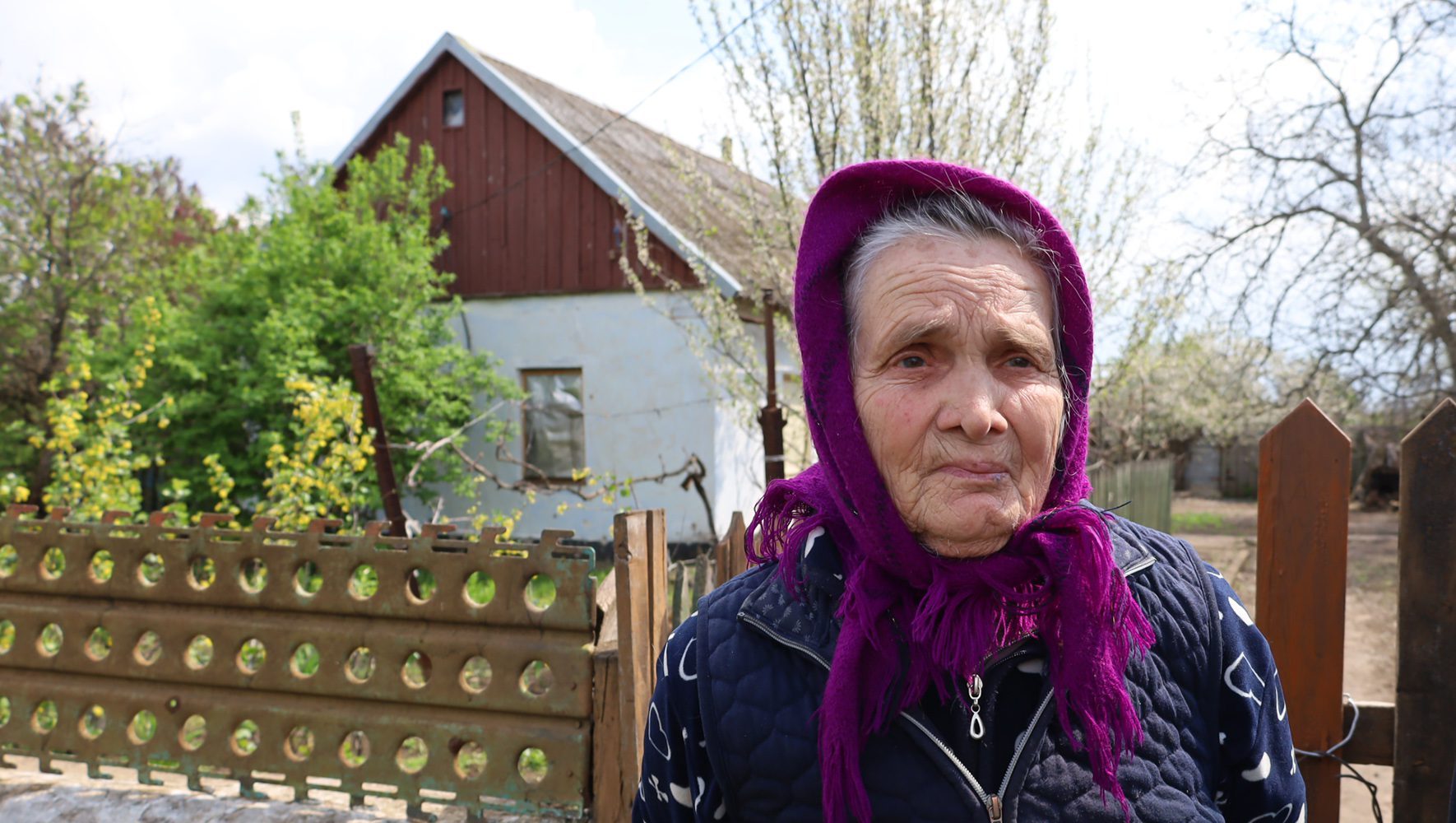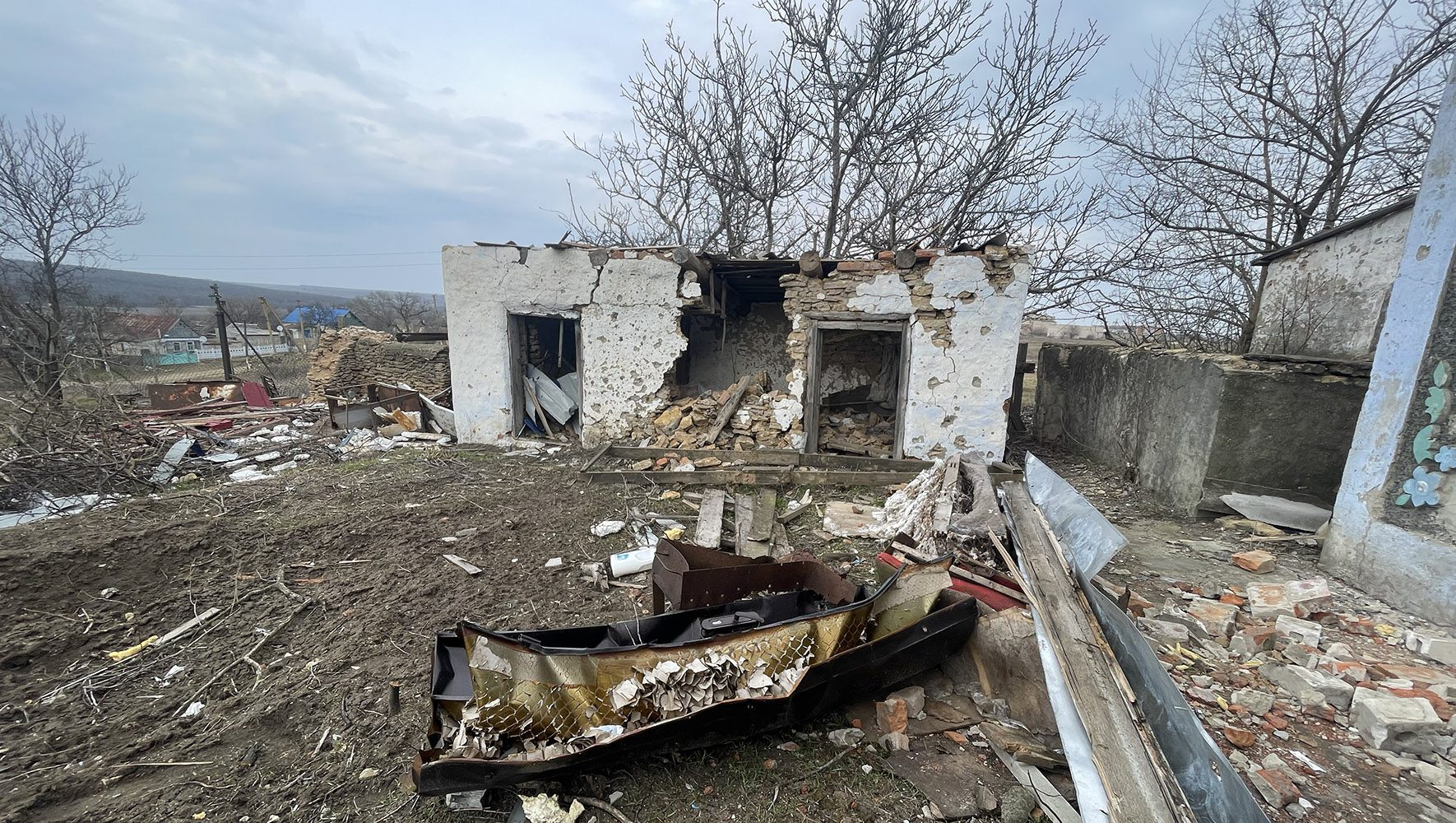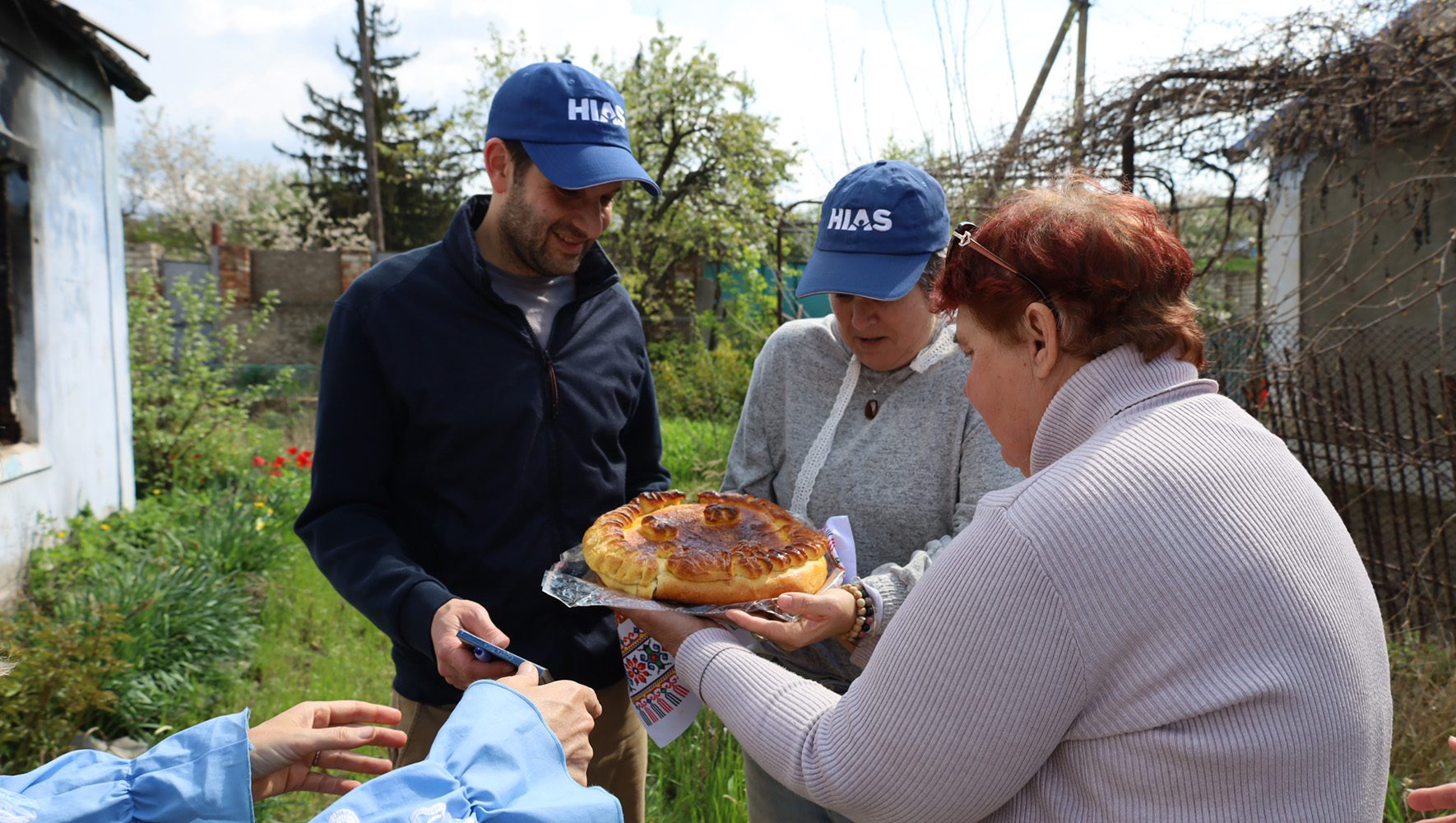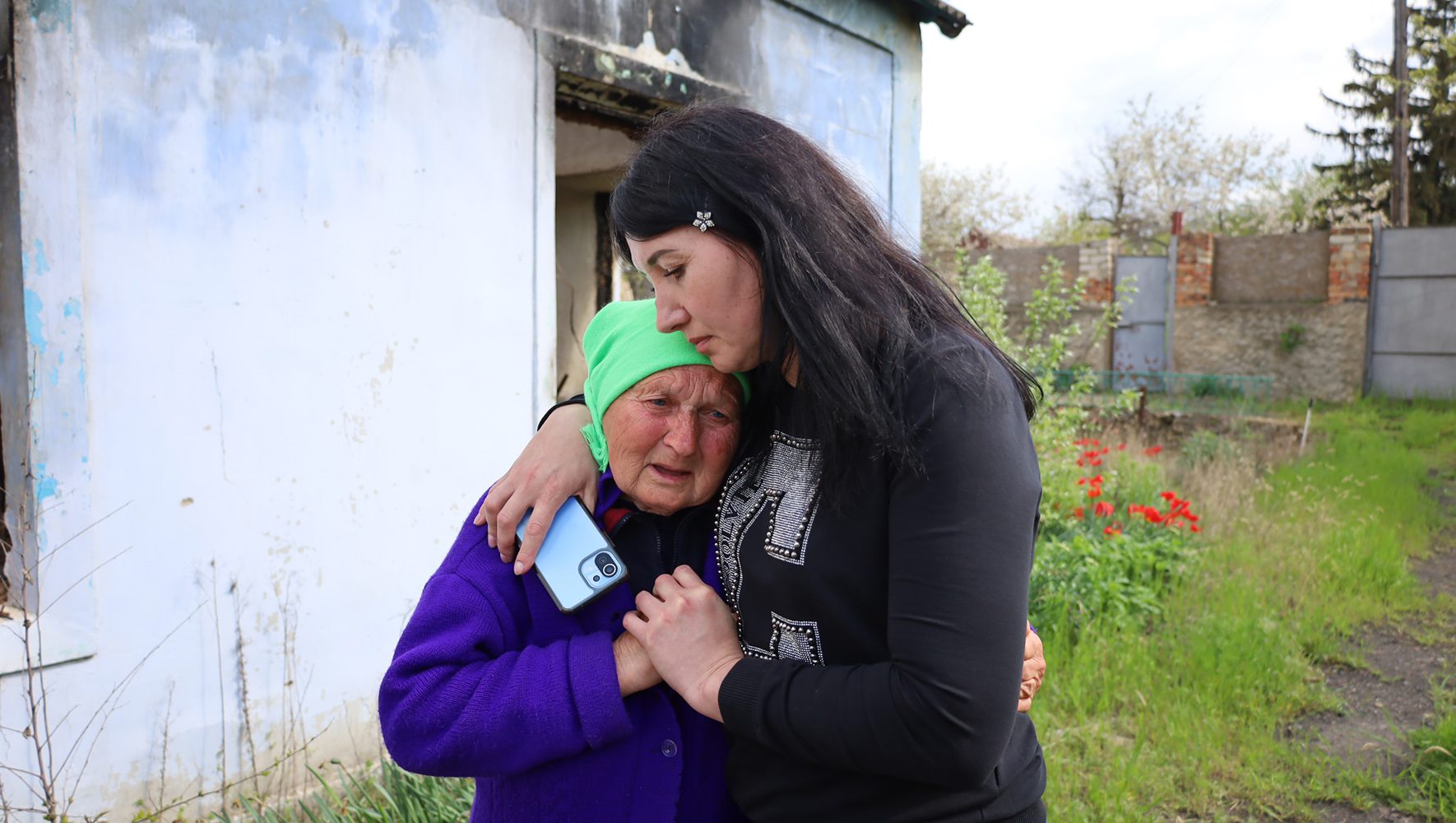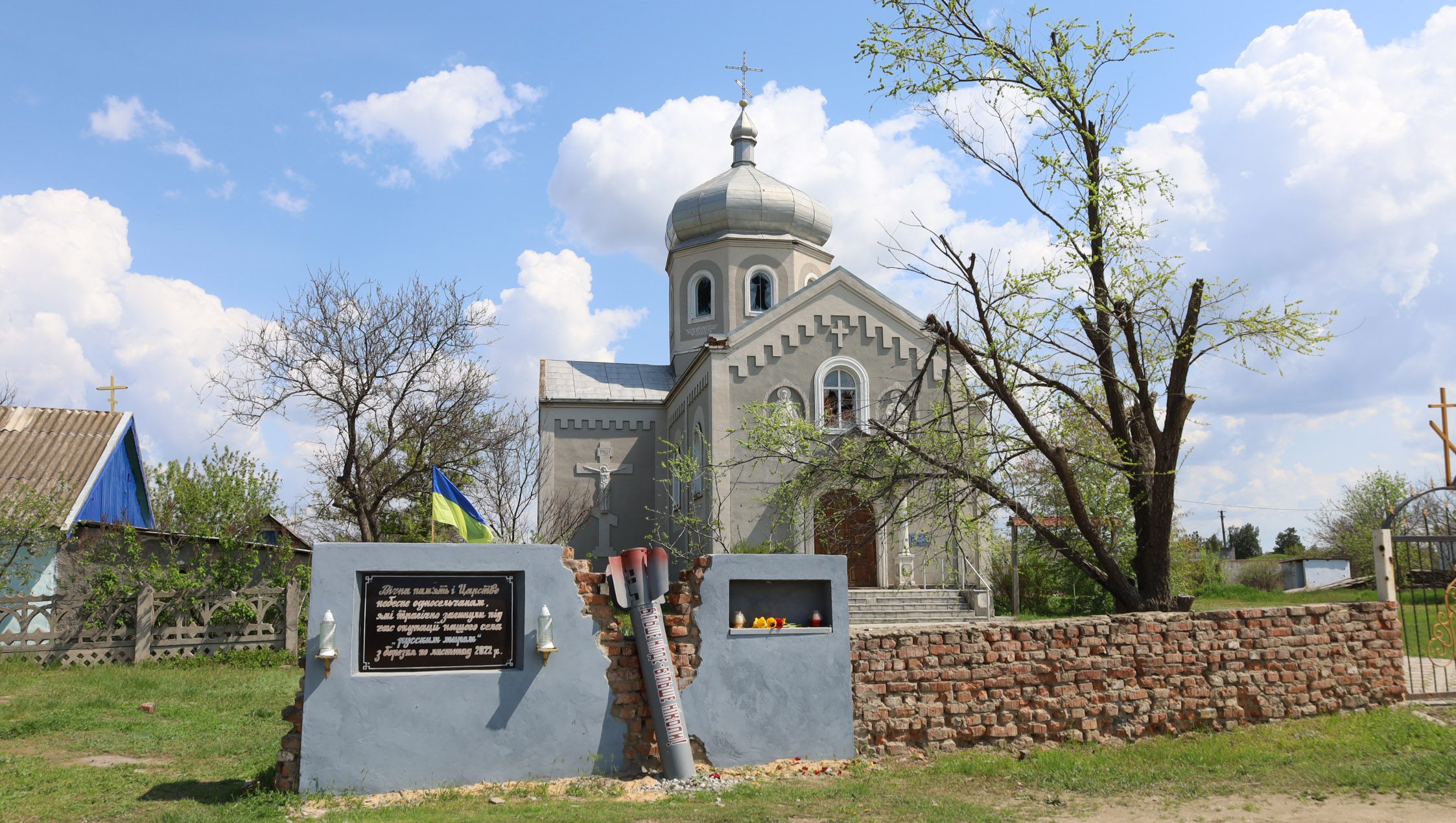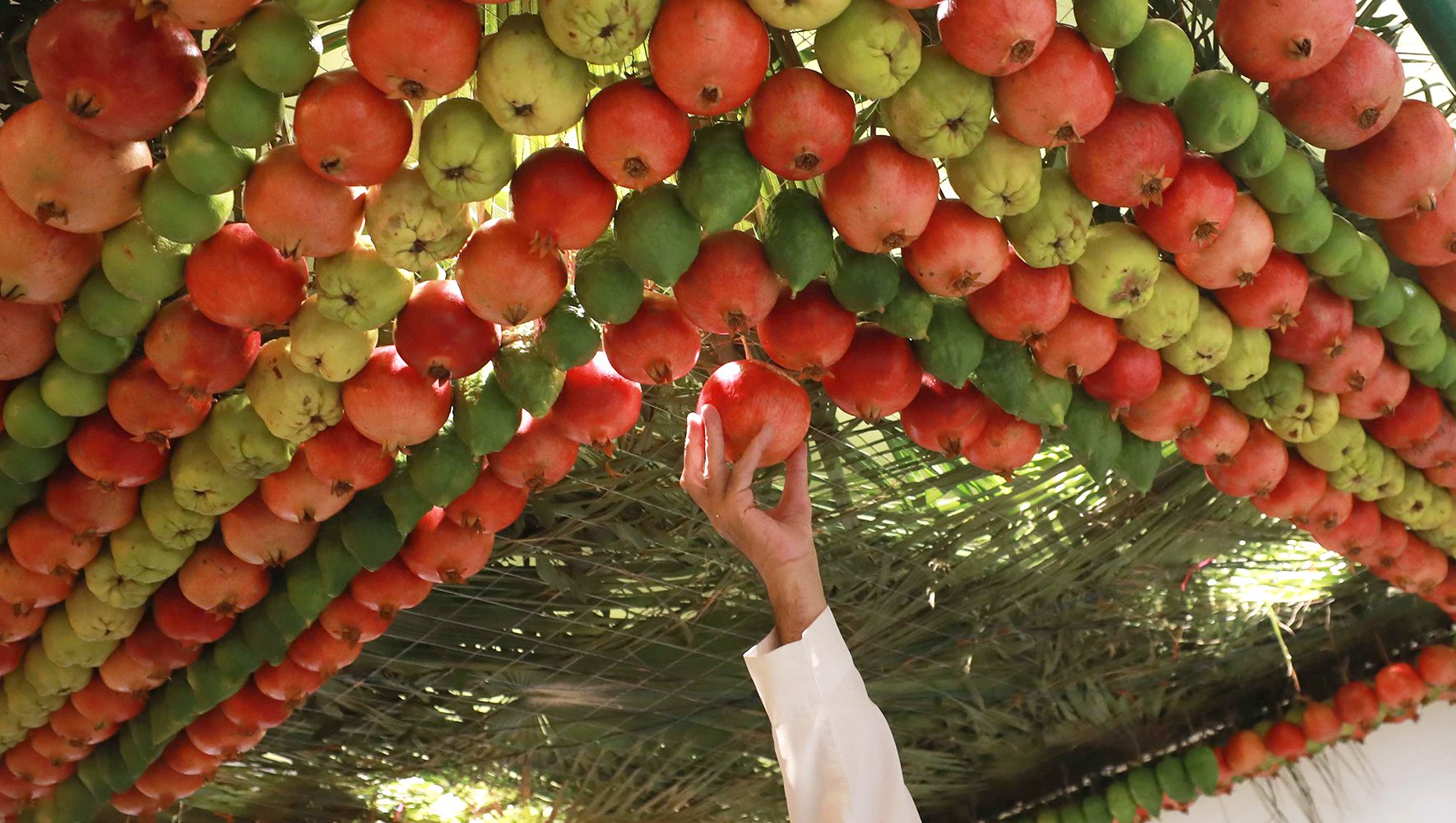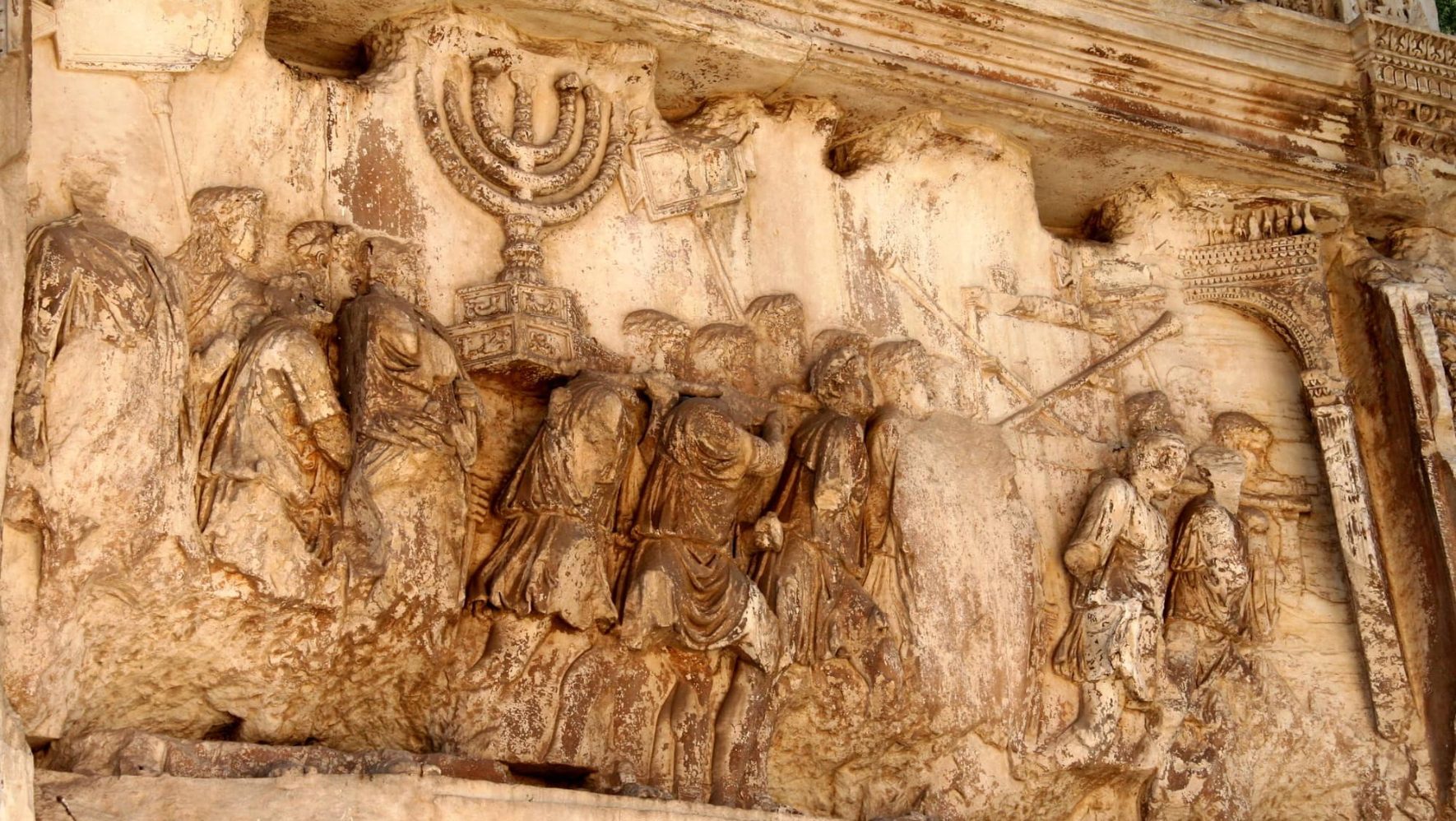On April 23, we drove to Kalynivs’ke, a small village in Kherson oblast, where HIAS is providing the local population with cash as part of a winterization project jointly funded by UJANY and HIAS Ukraine. The village is fairly remote, lacking cell phone reception, running water and even electricity in some places. From March to November 2022, this small place constituted the front line of the Russia/Ukraine war, with only the slender Inhulets River separating the militaries of the two combatants.
Today, six months after the Russian departure, the war has exacted a significant toll on Kalynivs’ke. Nearly half of the village has been destroyed. Houses that are still standing have endured extensive damage, and signs of artillery and gunshots are abundant. When we visited a handful of households that we were aiding, the stories we heard were horrific. We met an old lady who was injured by artillery fire, and one whose son died by suicide shortly after her daughter was killed in the war. We heard stories about sexual violence and other forms of sadism: people being shot in the genitals; people being burnt by lit cigarettes. One woman told us that her son is currently fighting in Bakhmut, presently the site of the war’s most vicious fighting. At the time of our visit, the frontline was still just 25 miles away. But the danger from the war has not fully receded. We saw people working to clear mines left behind when the Russians abandoned the village last fall.
Nevertheless, the people we met — most of whom elderly — were moved by our presence and were immensely grateful. In the center of town, we saw that villagers had erected a small memorial with an unexploded Russian missile, using funds they had raised by caroling. At least 10 residents of the village have lost their lives in the war, and the memorial is a testament to the villagers’ feeling about their ordeal: “never anywhere, never again.”
In the center of town, we saw that villagers had erected a small memorial with an unexploded Russian missile, using funds they had raised by caroling.
There was one more place that I wanted to see. On my way to Kalynivs’ke, I checked Google Maps and noticed that one house was marked “synagoga.” At the end of our visit, before returning to Odessa, we were taken there. We encountered a deserted, stone building with nothing to indicate that it was a synagogue and, in any case, we were not allowed to enter because of the possible presence of mines or unexploded ordinances.
It turned out, though, that the synagogue had a rich history. Before World War Two, we were told, Kalynivs’ke had been a Jewish shtetl — but on September 16, 1944, Nazis came and buried 2,000 Jewish people alive. According to local legend, the ground continued to move for the next three days until all of the victims died. Every year on this date, the whole village commemorates this event, and to this day the atrocity is taught in schools. The villagers view it as an integral event in Kalynivs’ke’s history.
On my way back, I tried to verify that what the villagers told me was true. I learned that the shtetl was once classified as among the “Jewish agricultural colonies in the Russian empire” and that the Yiddish name was Sde Menuha, meaning “field of rest.” As the villagers said, the whole population was wiped out on September 16, 1944 — though they were apparently shot, not buried alive. In any event, it was very difficult to find reliable information about the mass murder in Kalynivs’ke, making it a rather undocumented part of the Holocaust. Even today, the cemetery commemorating this event, placed in an overgrown field, is barely visible.
Kalynivs’ke’ symbolizes, to a striking degree, the evolution of HIAS over the decades. Many residents of the shtetl who survived the Second World War emigrated to Israel, and it would not be a stretch to imagine that others, with the assistance of HIAS, made their way to the United States. Today, some 80 years later, we are once again in Kalynivs’ke supporting displaced people. This time, though, it’s not because they are Jewish — but because we are.
